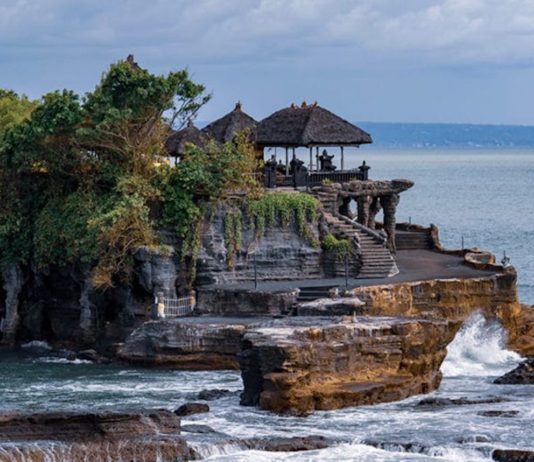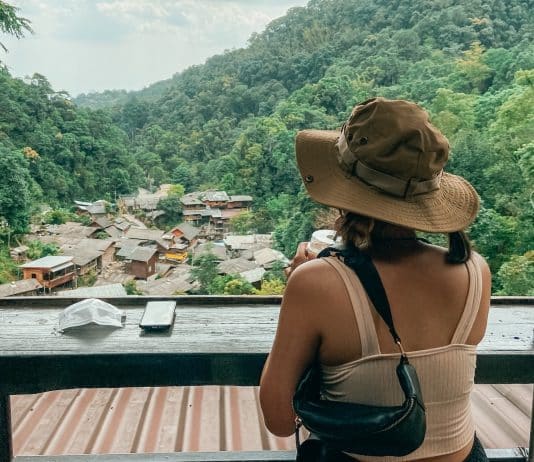Asia & Pacific
Information, tips, itineraries and tips for travelling in Asia. Discover Asia before, during or after your WHV in Australia. Thailand, Bali, Indonesia, Cambodia, Laos are just a few hours flight, so have fun! Especially as a trip to Asia is very convenient. During your Work and Travel stay in Australia or New Zealand, many of us choose to travel to Asia or the Pacific Islands. As you surely know, Working Holiday Visa allows you to leave and re-enter the country as many times as you like. As long as your visa is valid. It therefore makes sense to pay a visit to the neighbouring countries. Many of them can be reached in just a few hours with comparatively short flights. We would like to introduce you to the most popular countries. To help you with your travel arrangements, we have collected a lot of interesting information here so that you can enjoy your trip to the maximum.

























